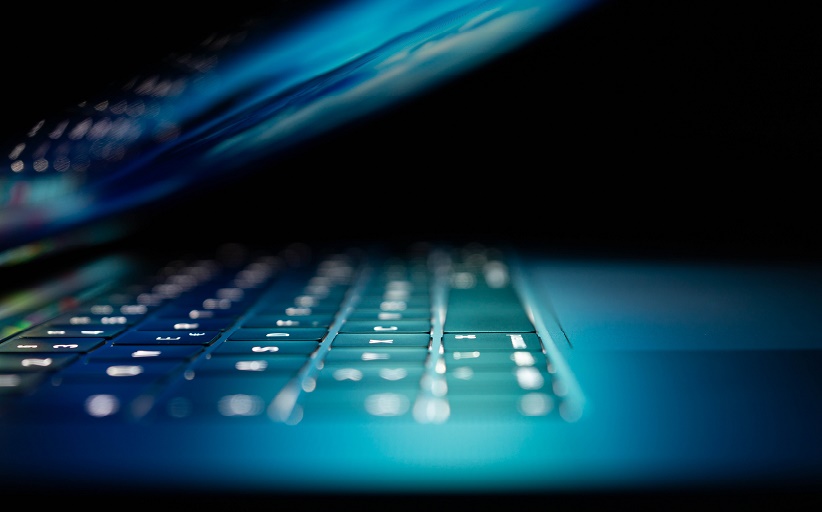A guest blog by BCD Travel Information Security Practitioner Dana Smith

Business travelers can and should take steps to secure internet-enabled devices during domestic or international trips. The proactive safety measures help make travelers less desirable to criminals and ultimately less vulnerable to cyber-attack.
Before you go
- If you connect it, protect it. Whether it’s a computer, mobile phone, gaming system, or other internet-capable device, always make sure the software is up to date. Where possible, sign up for automatic updates and antivirus software.
- Back that thing up. Back up contacts, financial data, photos, videos, and other important information to a cloud service or external drive. The alternative access to important files will come in handy should a device be compromised.
- Double your login protection. Enable security settings such as multi-factor authentication (MFA) to ensure you’re the only person with access to your accounts. Use this for banking, email, and social media apps, and any service that requires a login. MFA is usually available by using a trusted mobile device (a smartphone), an authenticator app, or a secure token.
During your trip
- Don’t auto-connect. Your computer or mobile phone may automatically try to connect to available wireless networks detected nearby. This instant connection opens the door for criminals to remotely access your devices. Disable this feature on all devices so that you’re the one actively choosing to connect to a safe network.
- Stay protected while connected. Before connecting to any public wireless hotspots (airports, hotels, cafes, etc.), be sure to confirm the network name and login procedures with staff to ensure network legitimacy. If you must use a public network, don’t access sensitive apps (e.g., banking apps) or apps that require credit card information or passwords. For added security, only use sites with URLs that begin with https://.
- Play hard to get. Don’t respond to or click links and attachments in suspicious emails.
- Don’t click and tell. Limit the information you post to social media, including seemingly innocuous information such as your favorite café or home address. These details seem harmless but are all the information criminals need to target you. Disable location services that allow anyone to see where you are – and where you aren’t—at any given time. Social media is such a big part of our lives these days and we forget sometimes how much personal information is available to the world. Make sure your accounts are set to private and you’re only connecting with people whose profiles you can consider reasonably secure.
Checklist as PDF
How to stay cyber secure while traveling



